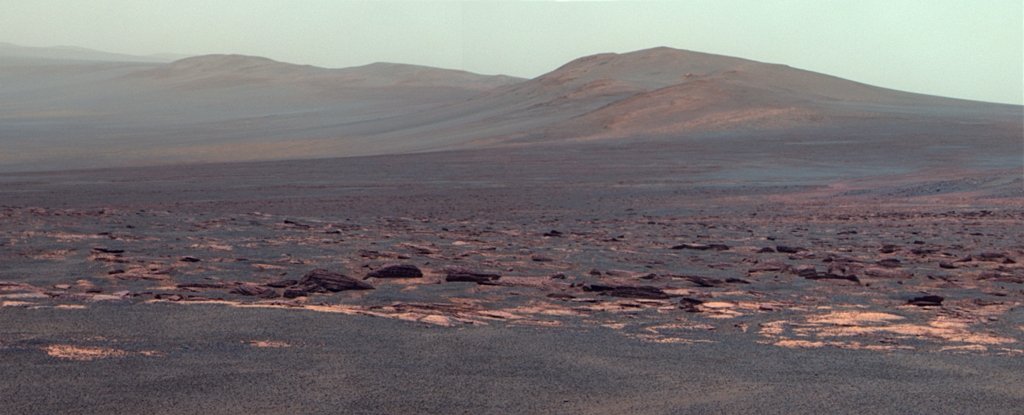
Jun 28, 2022
1 min, 21 secs
Any evidence of amino acids left over from a time when Mars may have been habitable are likely buried at least 2 meters (6.6 feet) under the ground."Our results suggest that amino acids are destroyed by cosmic rays in the Martian surface rocks and regolith at much faster rates than previously thought," says physicist Alexander Pavlov of NASA's Goddard Space Flight Center.One sign that could point to the habitability of Mars is the presence of amino acids.Pavlov and his team wanted to better understand the likelihood of finding evidence of amino acids on the Martian surface, so they designed an experiment to test the hardiness of these compounds.They mixed amino acids with mineral mixes designed to simulate Mars soil, consisting of silica, hydrated silica, or silica and perchlorates (salts), and sealed them in test tubes mimicking the Martian atmosphere, at a variety of Mars-like temperatures.Given that Mars' surface hasn't been hospitable to life as we know it for much longer than that – billions of years, rather than millions – the few centimeters that Curiosity and Perseverance can dig down to is unlikely to pony up amino acids."We did identify several straight-chain amino acids in the Antarctic Martian meteorite RBT 04262 in the Astrobiology Analytical Lab at Goddard that we believe originated on Mars (not contamination from terrestrial biology), although the mechanism of formation of these amino acids in RBT 04262 remains unclear," says astrobiologist Danny Glavin of NASA Goddard"Since meteorites from Mars typically get ejected from depths of at least 3.3 feet (1 meter) or more, it is possible that the amino acids in RBT 04262 were protected from cosmic radiation."
